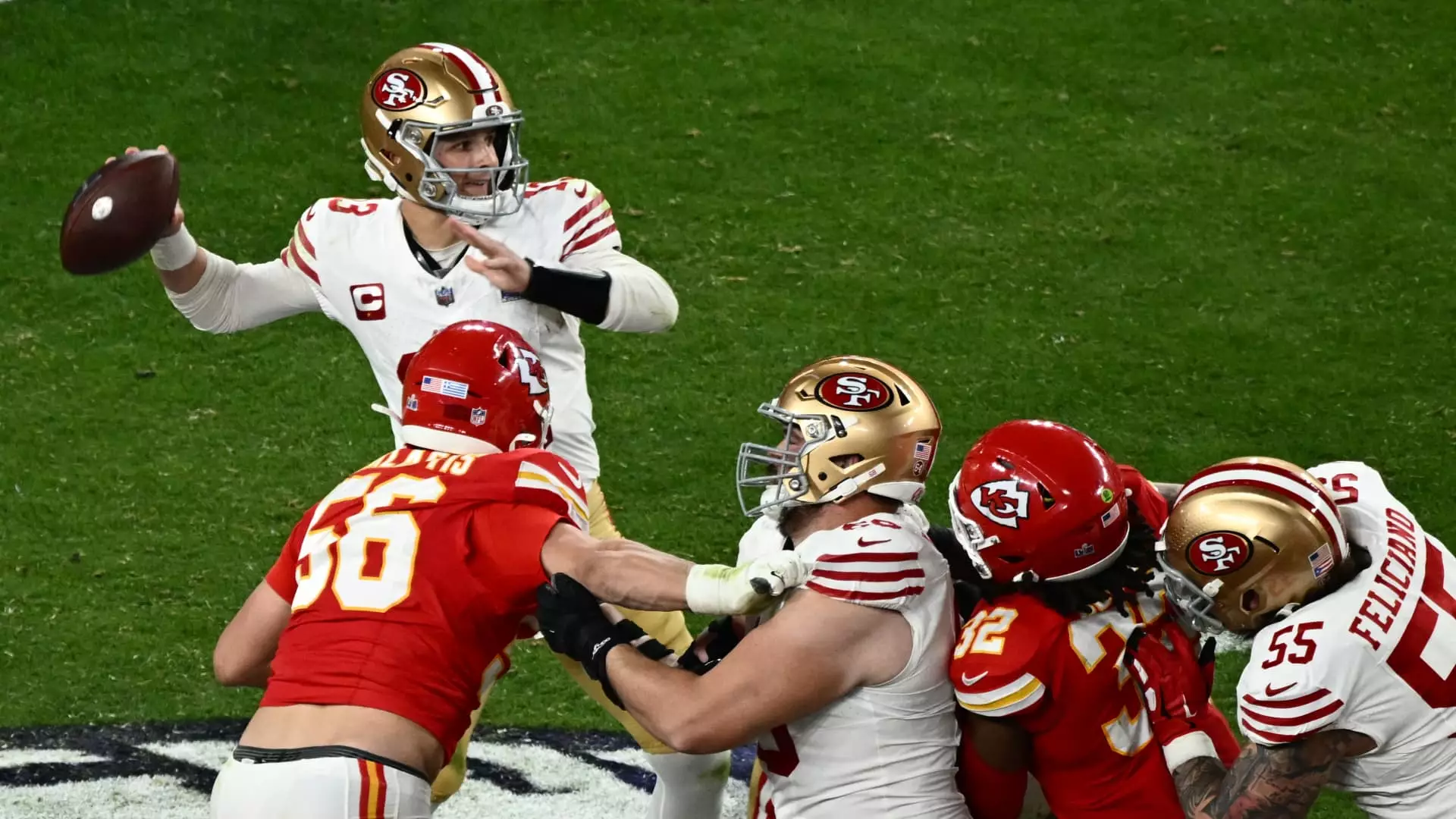In recent years, talent evaluation in professional sports has undergone dramatic changes, propelled by advancements in technology and an increasing reliance on data analytics. One of the most striking examples of this evolution is the journey of Brock Purdy, the San Francisco 49ers quarterback selected as the final pick of the 2022 NFL Draft. Originally dismissed as an underdog due to traditional scouting methods, Purdy’s rise to fame raises critical questions about the limitations of conventional talent identification and the potential integration of artificial intelligence (AI) into these processes.
The Flaws in Traditional Scouting
Typically, scouting assessments primarily rely on the physical attributes and statistical performance of athletes. In Brock Purdy’s case, many evaluators overlooked characteristics that have proven essential for his success, such as resilience, adaptability, and game intelligence. This oversight illustrates a significant flaw in the traditional evaluation system, which often fails to account for intangible factors that can greatly influence a player’s performance on the field. The inability to accurately gauge an athlete’s capabilities can result in missed opportunities for teams, as teams may pass on talent that does not fit a standard mold of the expected player profile.
Al Guido, the president of the 49ers, recognizes the growing importance of data in professional sports and advocates for the adoption of AI to enhance scouting methodologies, not only in football but also in soccer. With the team’s ownership of Leeds United, an English football club, there is a dual impetus to perfect talent evaluation across both sports. Guido emphasizes the need for a sophisticated approach that merges traditional scouting techniques with advanced statistical analysis, capitalizing on AI to extract meaningful insights from vast amounts of player data. By employing algorithm-driven analytics, teams can identify hidden potentials and redefine what constitutes a “good player.”
The complexity of scouting is even greater in soccer due to the sport’s global nature. With numerous leagues and levels of competition worldwide, evaluating talent becomes increasingly nuanced. Guido points out that a player from any corner of the world could potentially filter into elite clubs like those in the English Premier League. This reality underscores the necessity for clubs to refine their scouting techniques and make data-driven decisions about player acquisitions. By employing advanced AI technologies, teams can explore a wider net of talent, gaining insights that traditional scouting may not uncover.
Looking Ahead: The Future of Player Evaluation
As the 49ers and other organizations continue to innovate in the realm of talent evaluation, the case of Brock Purdy epitomizes the shift towards more inclusive assessment methods. This upcoming offseason, as Purdy becomes eligible for a contract extension, organizations are reminded of the critical lesson his story embodies: the need for a multifaceted approach to scouting that respects both the art and science of evaluating athletic talent. Adopting AI-driven models could be the key to reshaping how teams find and nurture their players, ensuring that hidden gems are recognized and cultivated for future success. The amalgamation of human instinct and machine learning could very well define the next era of sports talent evaluation.

